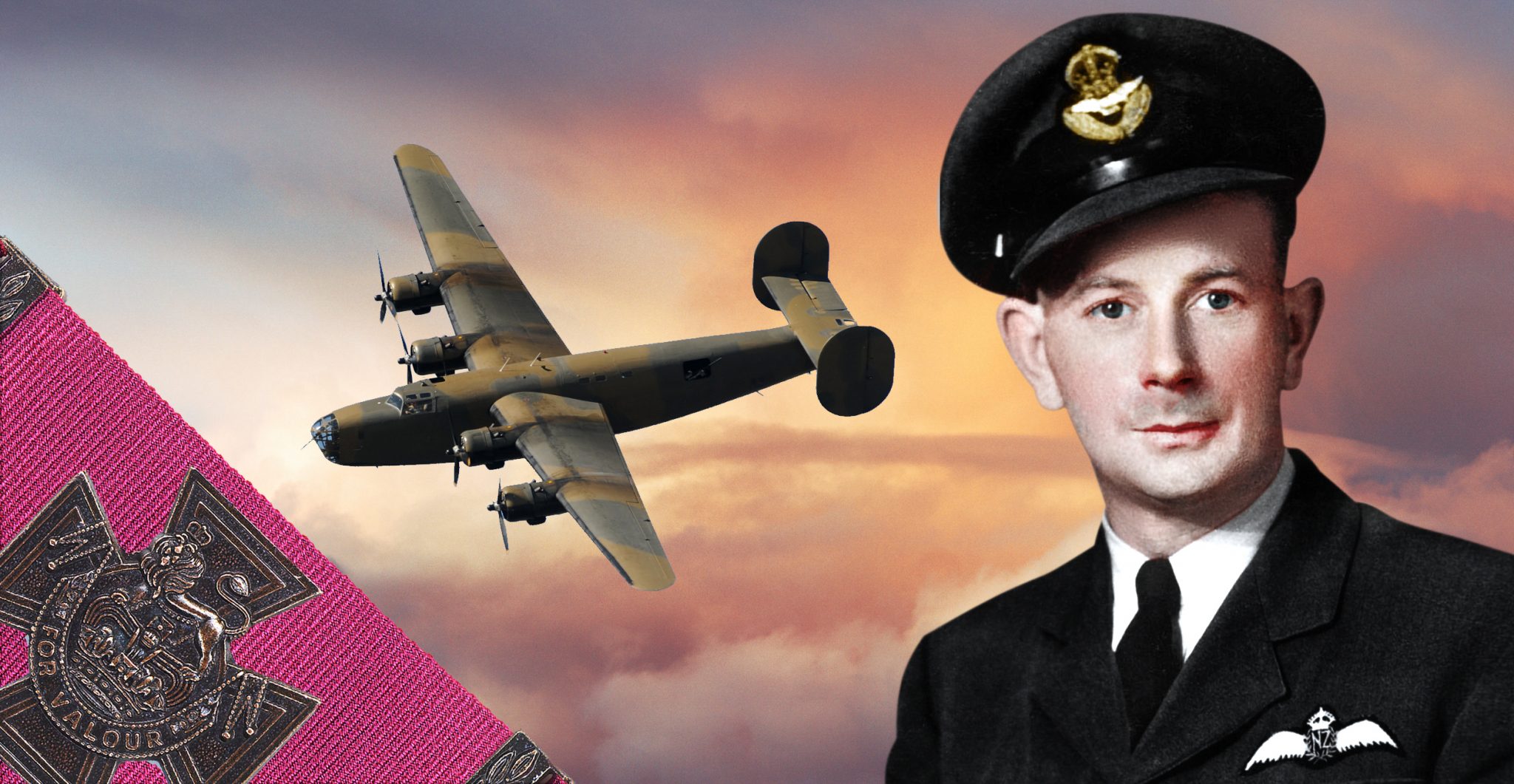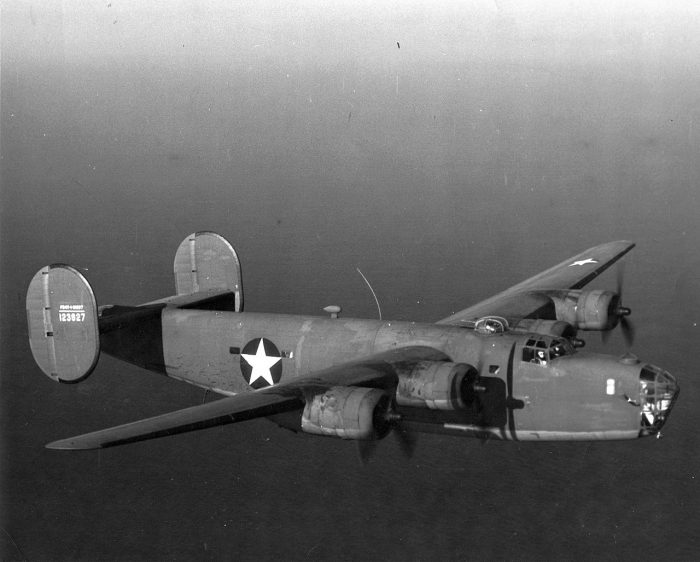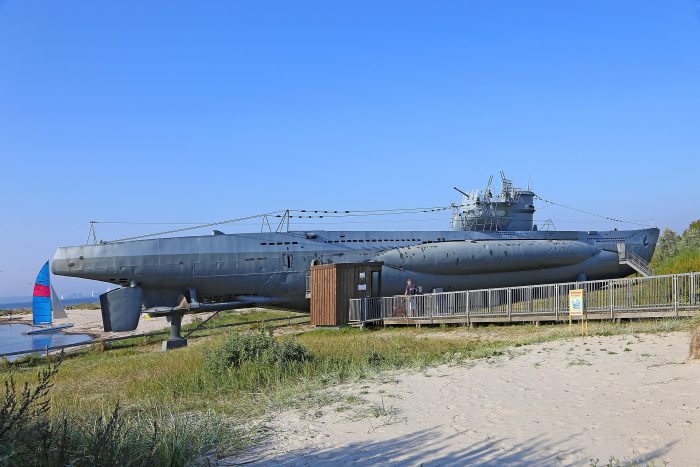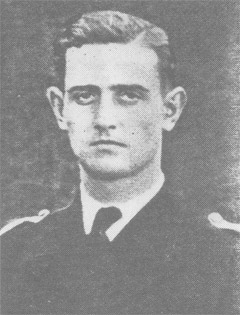New Zealand Pilot Received Victoria Cross on Recommendation of German U-Boat Commander

Flying Officer Lloyd Allan Trigg was posthumously awarded the Victoria Cross for his heroic actions in destroying a German U-boat during World War II. But no one would have known about his act of bravery and dedication if the surviving U-boat captain had not recommended Trigg receive the highest award the British could give him.
Trigg began flying with the Royal New Zealand Air Force in June 1941. He was a trainee pilot. He would become a Pilot Officer on January 16, 1942, and fly Lockheed Hudson warplanes.
In December of that year, he was sent to West Africa and then, in January 1943, he was assigned to the 200 Squadron Royal Air Force (RAF). He performed escort flights, reconnaissance missions, and patrolled for enemy submarines.

He received a posthumous Distinguished Flying Cross for his actions while escorting a convoy headed to West Africa. After spotting two U-Boats nearby, he attacked and chased them away which allowed the convoy to arrive safely at its destination.
In May 1943, Trigg was sent to the USA to learn to fly the PB4Y-1 Liberator which was larger than the Hudsons he had flown at that point.

On August 11, 1943, the German U-Boat U-468, commanded by Oberleutnant Klemens Schamong, was returning to Africa to refuel when they spotted Trigg’s Liberator flying overhead. Trigg spotted them as well and turned to engage the submarines.
Rather than diving for safety, the sub opened fire with its 20mm anti-aircraft guns. They scored direct hits which set the Liberator on fire.
At this point, many pilots would set the plane down in the water in hopes of dousing the flames but Trigg stayed the course and kept the plane pointed directly at the German U-Boat. He passed a mere 50 feet above the sub and dropped six depth charges. All the while, the German’s were firing point blank into the Liberator.
None of the depth charges hit the sub directly but two exploded close enough to rock the sub. The German commander saw the Liberator hit the water and explode leaving no survivors. He then turned his attention to his own ship to find that they had several leaks caused by the explosions. Engines, motors and other equipment were wrenched from their mounts. Worse, the battery compartments were cracked and sea water was flooding into the batteries. The combination of salt water and the acid in the batteries created toxic chlorine gas which filled the sub.

Of the 62 men in U-468’s crew, only 20 made it out before the ship sank. Three sailors, including Schamong, found an inflatable raft floating in the water and used it to save four other men. The rest were killed by barracudas and sharks.
A plane was sent to find out why Trigg’s plane had not returned. Instead, they found the raft with the German sailors. The next day a ship was dispatched to pick up the Germans.
As a POW, Schamong told the British about the actions of Trigg. He recommended that Trigg receive Britain’s highest honor for his bravery and commitment to duty.

On November 2, 1943, King George VI followed Schamong’s advice and awarded Trigg the Victoria Cross plus a Distinguished Flying Cross, the 1939-1945 Star, the Atlantic Star, the Defense Medal, the War Medal 1939-1945, and the New Zealand War Service Medal.
Another Article From Us: Remembering the Heroic Female Pilots With This Great Video
It is possible that Trigg is the only service member to receive the Victoria Cross on the recommendation of the enemy.
